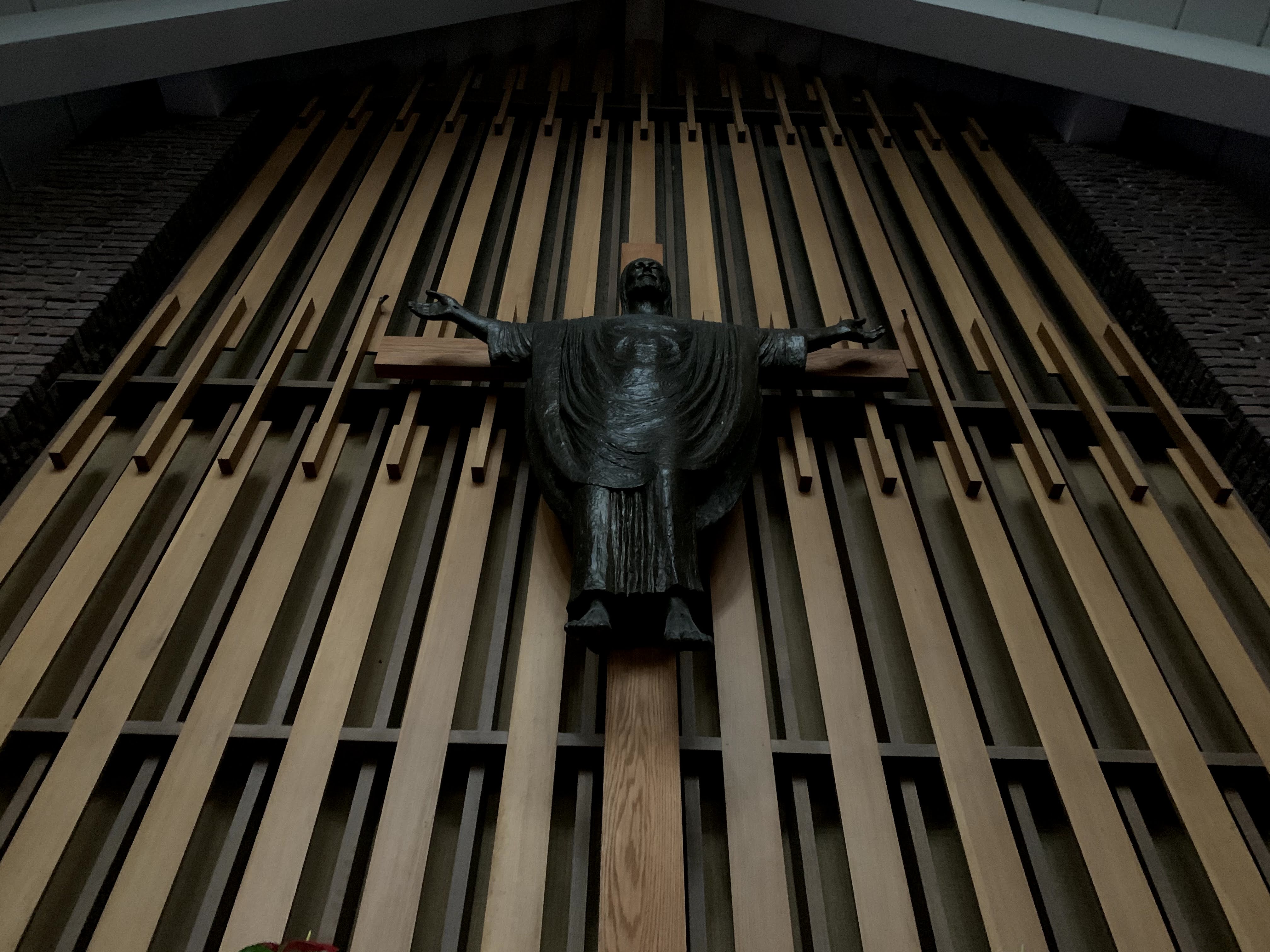- Strona główna
-
Nasza wspólnota
- Our History
- Views of St. Mary's
- Parish Staff
- Donate
- Archdiocese of Toronto
- Catholic Cemeteries
- Wolontariat
- Dostępność
- Polityka bezpiecznego środowiska
- Nasza wiara
- Życie parafialne
- Sacraments
- Biuletyn
- Skontaktuj się z nami
- Wyszukaj

The Paschal Mystery
Dear Sisters and Brothers in Christ,
No doubt many of us have heard the expression “now you see it, and now you don’t”
referring to a magic trick. In this feast day of the Ascension of the Lord, it is easy to
think that in the Ascension, what was seen (Jesus’ Resurrected body present to the
early disciples) is now gone. But the Ascension was and is not a magic trick - rather
it is part of what we call the “Paschal Mystery”.
The “Paschal Mystery” encompasses the four major events in the life of Jesus Christ
– his Passion, Death, Resurrection, and glorious Ascension. At every
celebration of the Eucharist, this “Paschal Mystery” of the four major events of our
Lord’s life is made present. The Catechism of the Catholic Church provides us with a
clear definition of the Paschal Mystery when we read:
Christ’s work of redemption accomplished principally by his Passion, death,
Resurrection, and glorious Ascension, whereby “dying he destroyed our death,
rising he restored our life” (1067; cf. 654). The paschal mystery is celebrated and
made present in the liturgy of the Church, and its saving effects are communicated
through the sacraments (1076), especially the Eucharist, which renews the
paschal sacrifice of Christ as the sacrifice offered by the Church” (571, 1362–1372).
In the Celebration of our Sunday Eucharist, at the time following the homily, we stand
to proclaim our faith in the “Creed”. In the Apostle’s Creed we proclaim the words “he
ascended into heaven, and is seated at the right hand of God the Father, almighty.”
Each word in this proclamation of faith, has great meaning and significance. I
encourage you this week to read and pray the meaning of these words that have
been given to us by the Catechism of the Catholic Church – I have included these
words below for your prayerful reflection this week. They are very powerful
indeed.
Happy Ascension feast day,
Fr. Liborio
